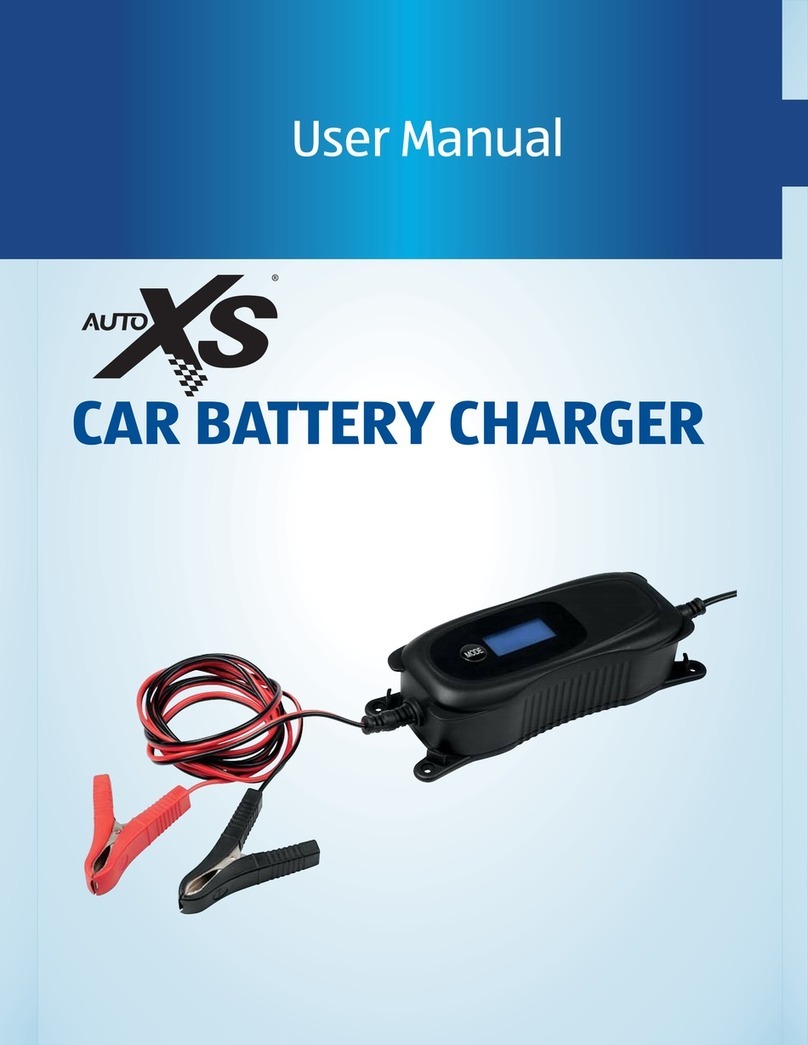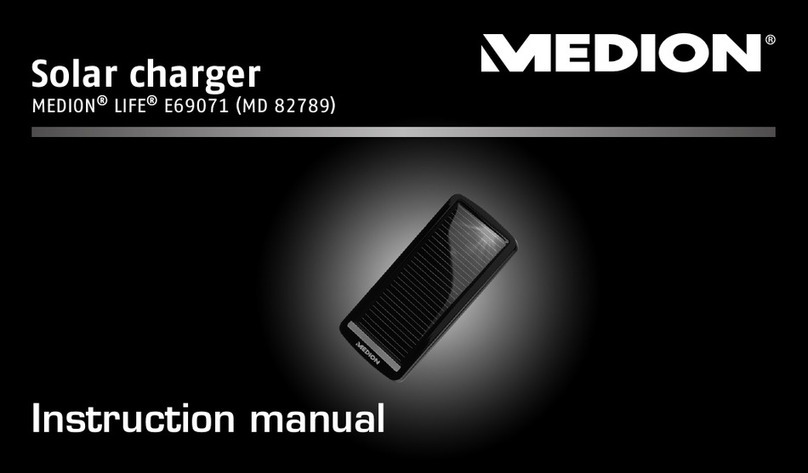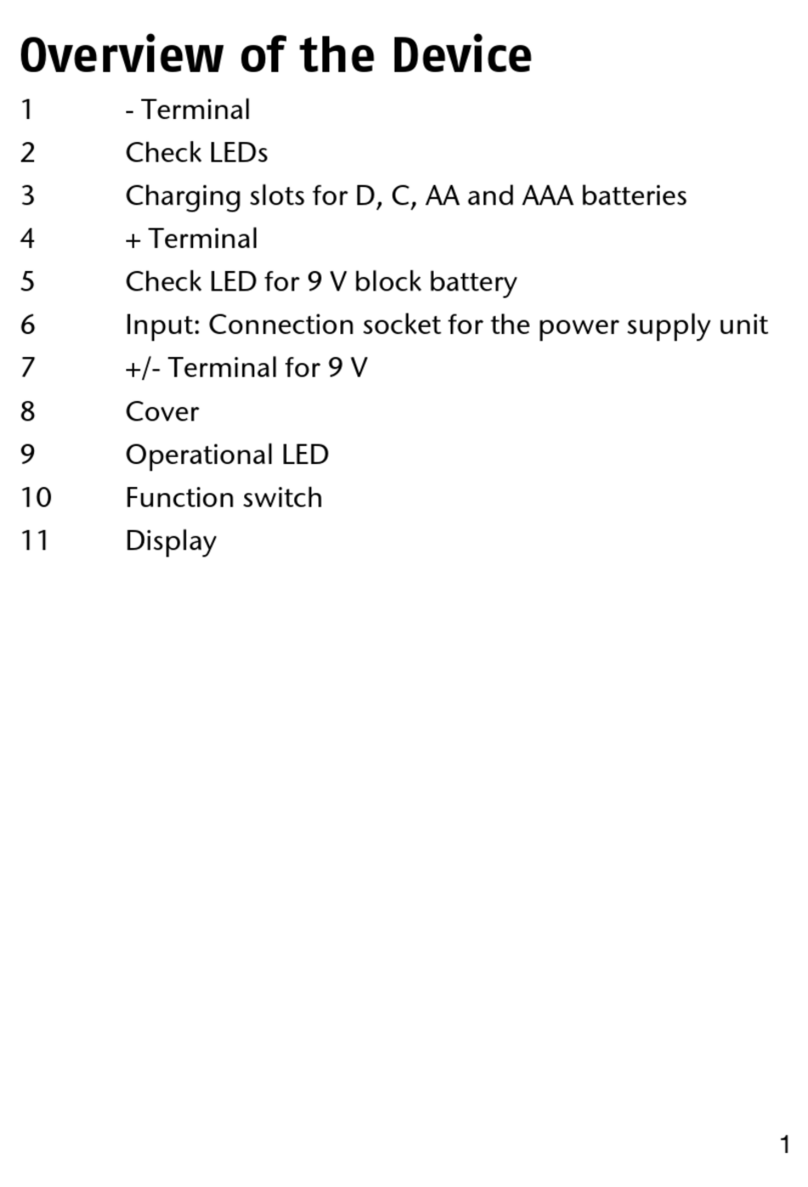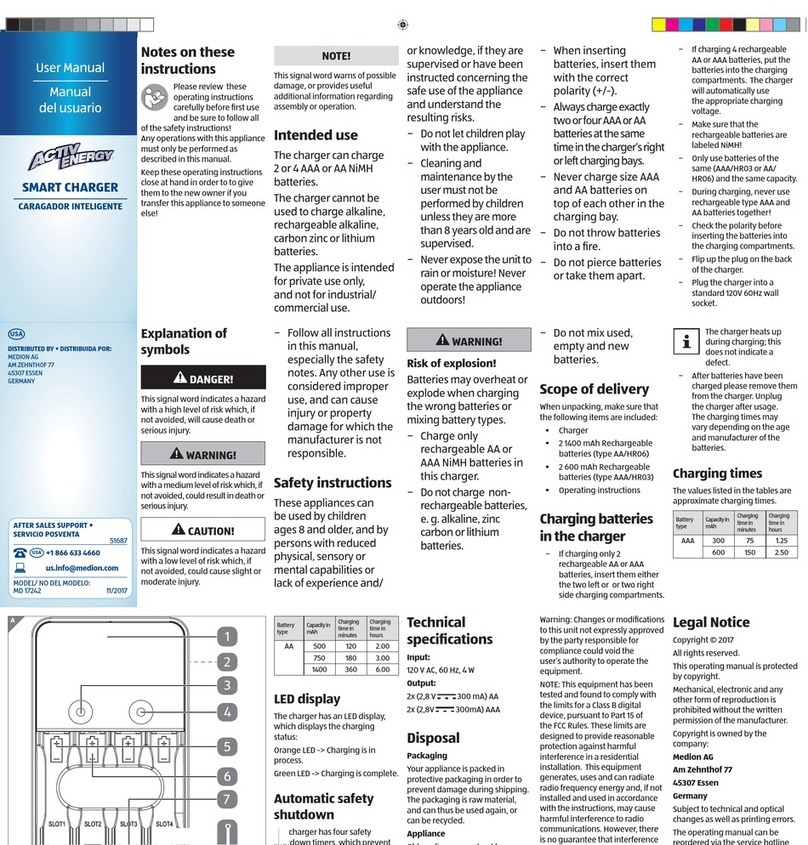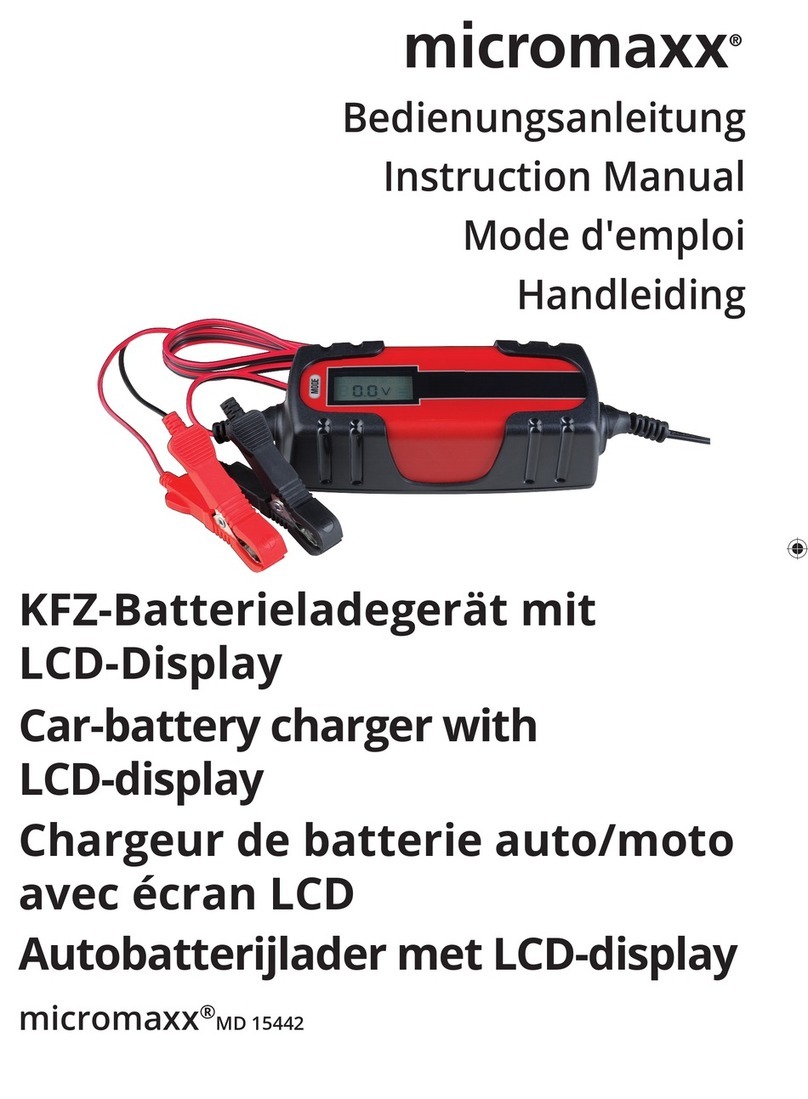ontents
5
Contents
Overview...............................................................................................................3
Use.........................................................................................................................3
Appliance parts.................................................................................................... 4
About these operating instructions.................................................................... 6
Explanation of symbols..........................................................................................6
Proper use............................................................................................................ 8
IMPORTANT SAFETY INSTRUCTIONS....................................................................... 9
FURTHER INSTRUCTIONS.......................................................................................14
General ....................................................................................................................14
Precautions to avoid explosions......................................................................... 15
Important information with regard to children................................................ 16
PACKAGE CONTENTS............................................................................................. 17
WALL ASSEMBLY ................................................................................................... 17
OPERATING INSTRUCTIONS...................................................................................18
Connecting the charger to the battery .............................................................. 18
Selecting the charging mode.............................................................................. 18
Status displays....................................................................................................... 19
6 V / 0.8 A charging mode (6 V batteries up to max. 14Ah).............................20
12 V / 0.8 A charging mode (12 V batteries up to max. 120Ah) ........................20
12 V / 3.8 A charging mode (rapid charging operation for 12 V batteries
from 1.2Ah to max. 120Ah)....................................................................................21
12 V / 3.8 A Cold charging mode (rapid charging operation for 12V
batteries from 1.2Ah to max. 120Ah at low temperature)................................21
Regenerating/charging deep-discharged 12V batteries (revive mode)......22
Description of the charging cycle.......................................................................22
Reverse polarity protection ...............................................................................24
Overheating protection......................................................................................25
Disconnecting the battery ...................................................................................25
Switching off.......................................................................................................25
CLEANING AND MAINTENANCE .............................................................................26
STORAGE/TRANSPORT..........................................................................................26
TECHNICAL SPECIFICATIONS..................................................................................27
Disposal...............................................................................................................28
FCC Compliance Statement .................................................................................28
Service information............................................................................................29
Legal Notice ....................................................................................................... 30
